By Allison Baldwin
As the Lunar New Year came along on Feb.10, some Toronto Metropolitan University (TMU) students shared some of the celebrations—as well as superstitions—they continue to believe in as they ring in the new year.
Being Chinese myself, following certain customs for the Lunar New Year allows me to bond and connect with my family over the holiday’s shared beliefs. With this, I can continue to embrace familiar traditions while maintaining a sense of belonging and pride in my Asian heritage. My family’s tradition is pasting Spring Festival couplets with optimistic messages for the lunar new year around the house.
Lunar New Year, or the Spring Festival, is a time of celebration where families reunite, feast on various traditional foods, exchange red envelopes and honour ancestors and deities. It signifies the arrival of the spring season and marks the first new moon on the lunisolar calendar. The annual 15-day festival lasts until the following full moon and is largely celebrated in China, Korea, Vietnam and other countries with a large Chinese population.
This year, the holiday takes place from Feb. 10 to 24. Each lunar cycle is 60 years in China, broken into 12 year cycles. Each of these 12 years is assigned an animal zodiac sign, with this year being the Year of the Dragon. Those born in other Years of the Dragon, like 2012, 2000, 1988 and so on, are considered to be confident, energetic and intelligent.
The Lunar New Year focuses on bidding farewell to the old year while bringing forth luck, fortune and prosperity into the new year.
Surrounding oneself with new things going into the new year is said to bring luck and fortune. Starting the new year with new clothing and haircuts is encouraged before the first day. Customs of this kind have been passed on through generations and are significant concerning one’s cultural identity.
“Lunar New Year is a time to spend with family”
Second-year biology student Jacqueline Banh says she does not have any particular superstitions when preparing for the new year, but she has been told that it is taboo to sweep on the Lunar New Year. “It’s like kicking out your good luck,” she said. “I’ve also heard the opposite, where sweeping is encouraged to get rid of bad luck.”
Banh—who is Chinese and Vietnamese—said that superstitions tend to vary depending on what your elders teach. Although she mentioned she does not partake in extravagant celebrations or have a large family to celebrate with, she has the tradition of going to the temple to pray and then watching the lion dance performance.
“Lunar New Year is a time to spend with family,” said Banh.
That said, people are cautious of their words and deeds during this time to avoid bringing bad luck. Breaking glass and porcelain and using sharp objects such as knives, scissors and needles are also not to be done on the first day.
For fifth-year aerospace engineering student Louis Duong, Lunar New Year, or Tết in Vietnam, can be described in two words—hometown and family. Duong says that no matter where he lives or studies, spending quality time with family by travelling to his hometown to embrace his culture is key.
“During Tết in my hometown, I often attend street festivals, hang out at the market and visit relatives,” he said. Duong and his family also make foods such as square cake, sticky rice and boiled chicken to commemorate their ancestors.
For Anson Chow, the executive vice president of TMU’s Chinese Students’ Association and a third-year marketing student, the Lunar New Year is his largest and most important celebration.
“I celebrate it by spending time with family and celebrating the traditions that come along with the holiday,” he said.
Chow says that each year, married family members give money in red envelopes to unmarried family members and friends—which is a favorite among younger Chinese children.
“During Tết in my hometown, I often attend street festivals, hang out at the market and visit relatives”
Chow says that in Cantonese, there is a double meaning to one of the 15 days of celebration. The second day has a title that can mean both “opening of the year” and “discipline.” He said that positivity is important on the first day of the Lunar New Year, as parents are discouraged from scolding their children.
“Which is ironic, as children who are naughty on New Year’s Day are generally scolded by family members on the day of the 15th,” says Chow.
There is also lots of folklore surrounding the origins of the holiday, often differing by culture. The tale of Nian is a Chinese tradition, which follows a beast who stalked cities and attacked its villagers each spring. It was afraid of fire, loud noises and the colour red. So the villagers would burn bamboo to make a cracking, popping noise to repel it. This eventually developed into the practice of firecrackers. The villagers also displayed red decorations and paper to scare the beast away.
Duong says that the folklore, “Ông Công Ông Táo,” is a common belief among Vietnamese people. He says the idea is that every year, seven days before Tết, the Land Genie and the Kitchen Gods fly to heaven and report to the Jade Emperor on how the year went.
“I make food and use incense to pray to them with fruits, tea and flowers as a way to wish them a safe trip and for things to go smoothly with the Emperor,” Duong says. These prayers are often centred around good physical and financial health for family and friends.
Lunar New Year symbolizes many things for different individuals, but the overarching themes are togetherness, happiness and hope for the future. It’s a time of leaving behind the old and embracing the new.
For many, superstition and tradition during the holiday are ways to connect with family and cultural heritage. Above all else, using this time to reflect while also taking the time to celebrate is vital to ensure that the spirit of the Lunar New Year continues to thrive.

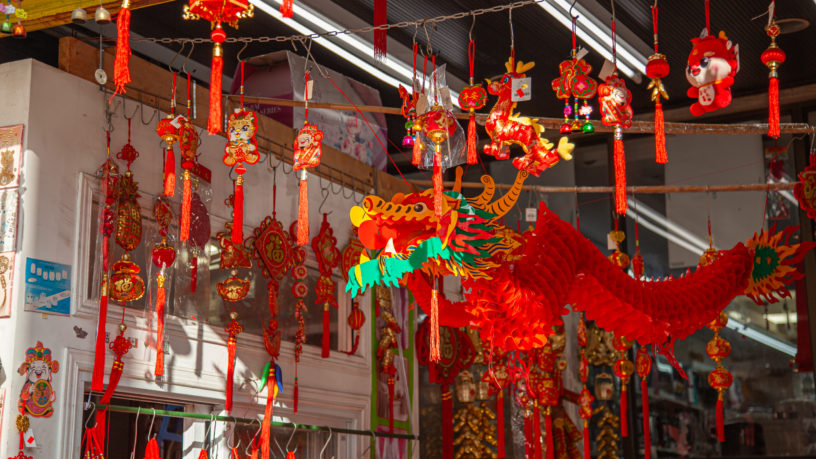
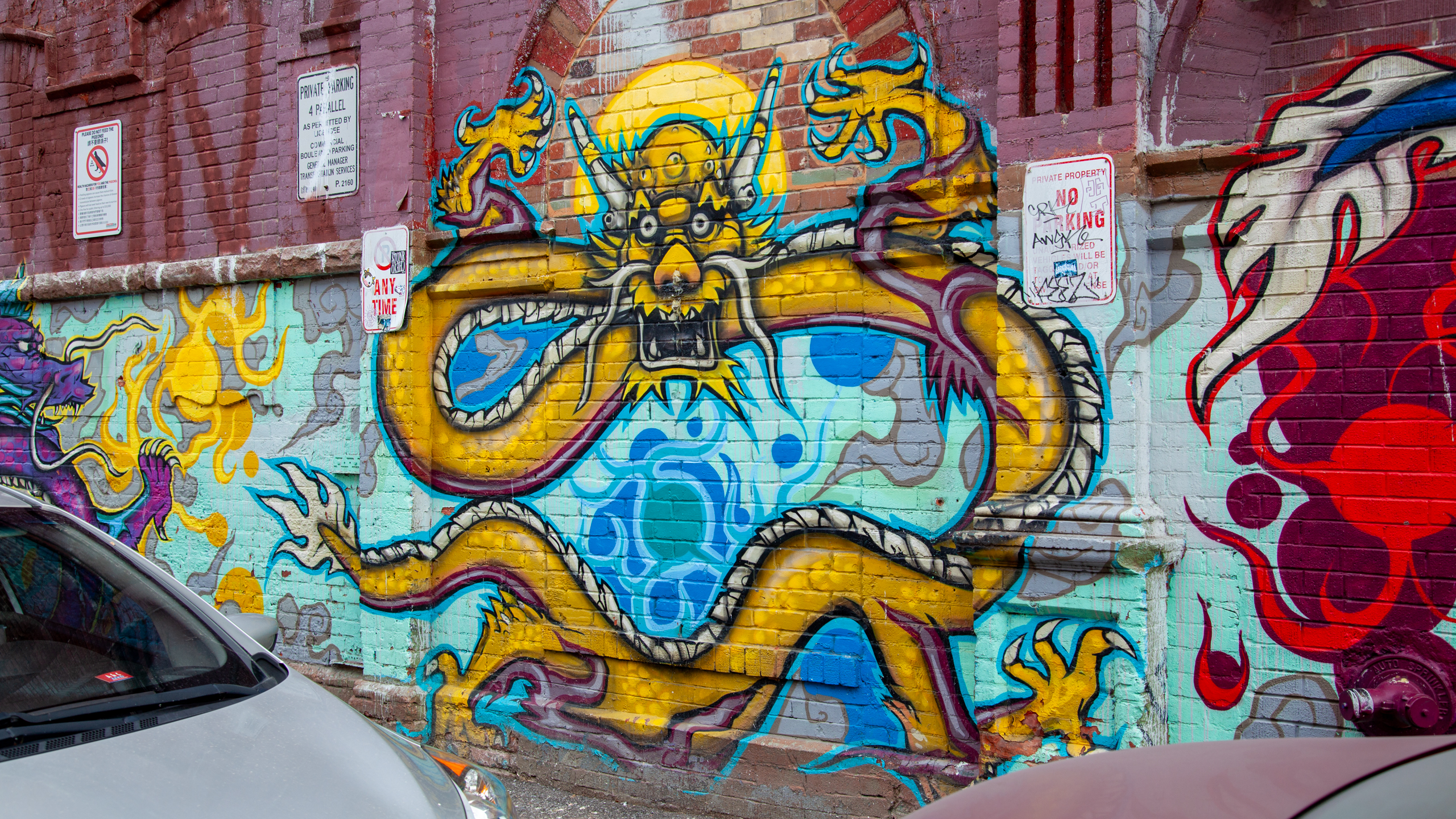
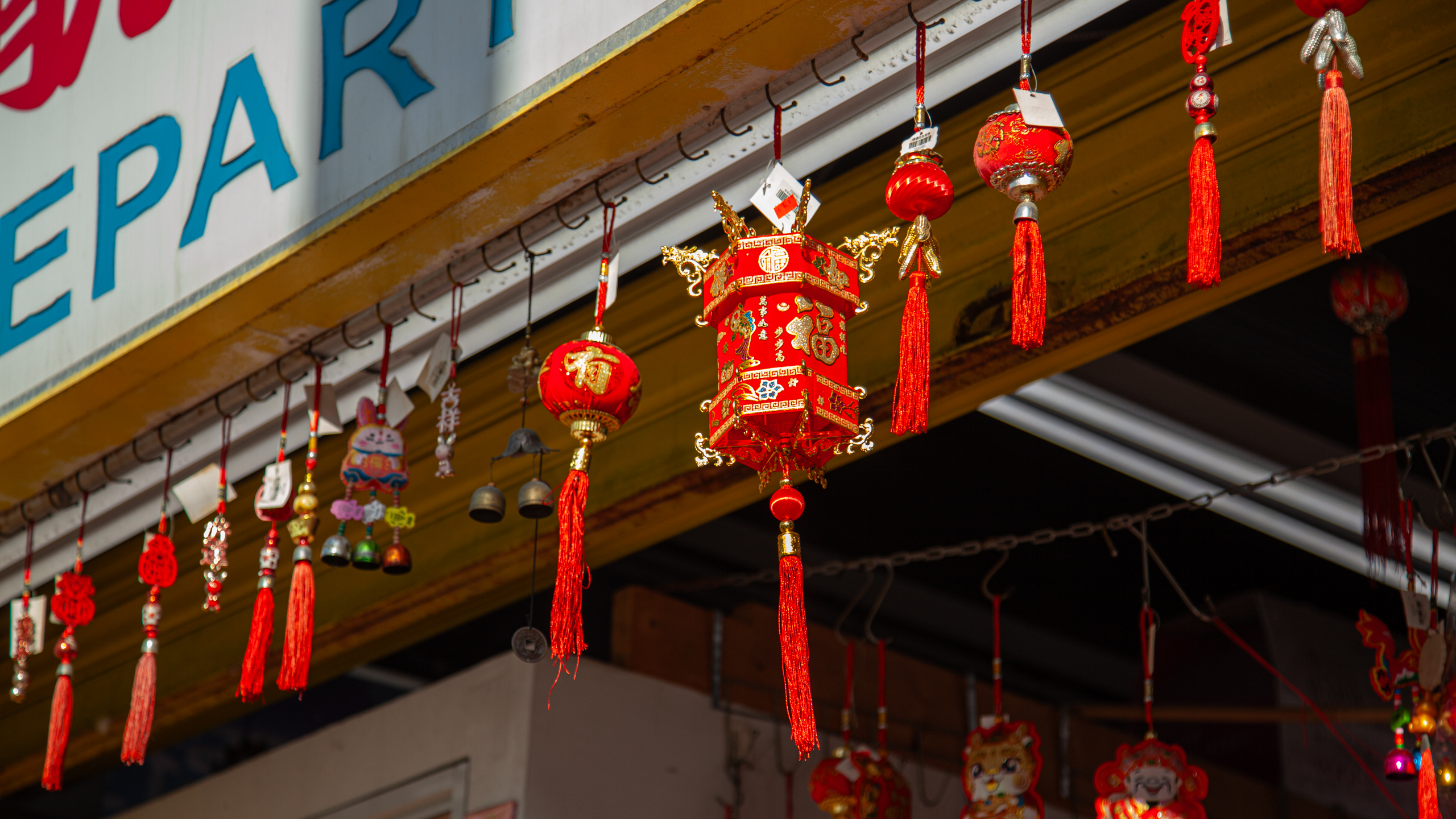
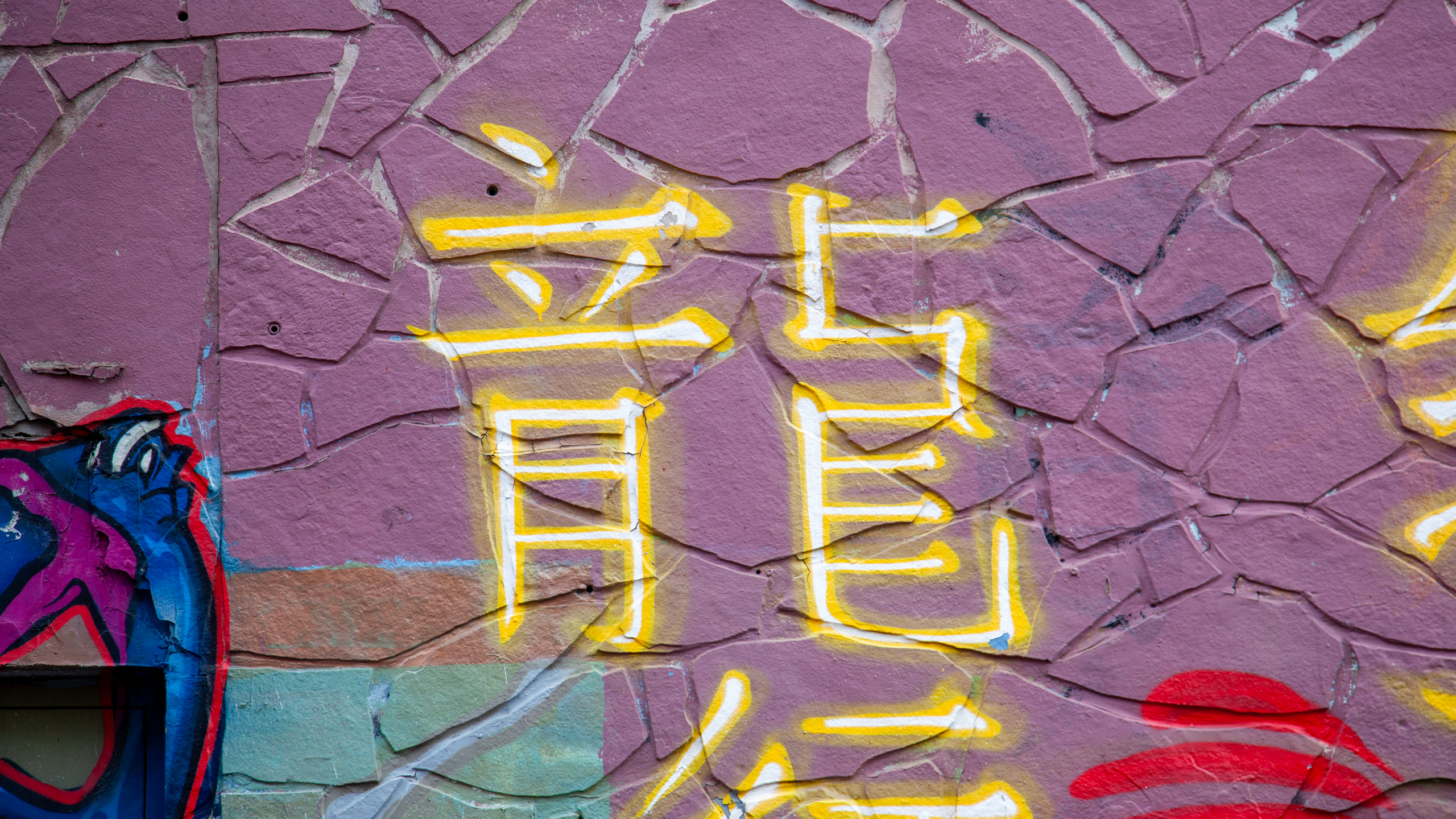
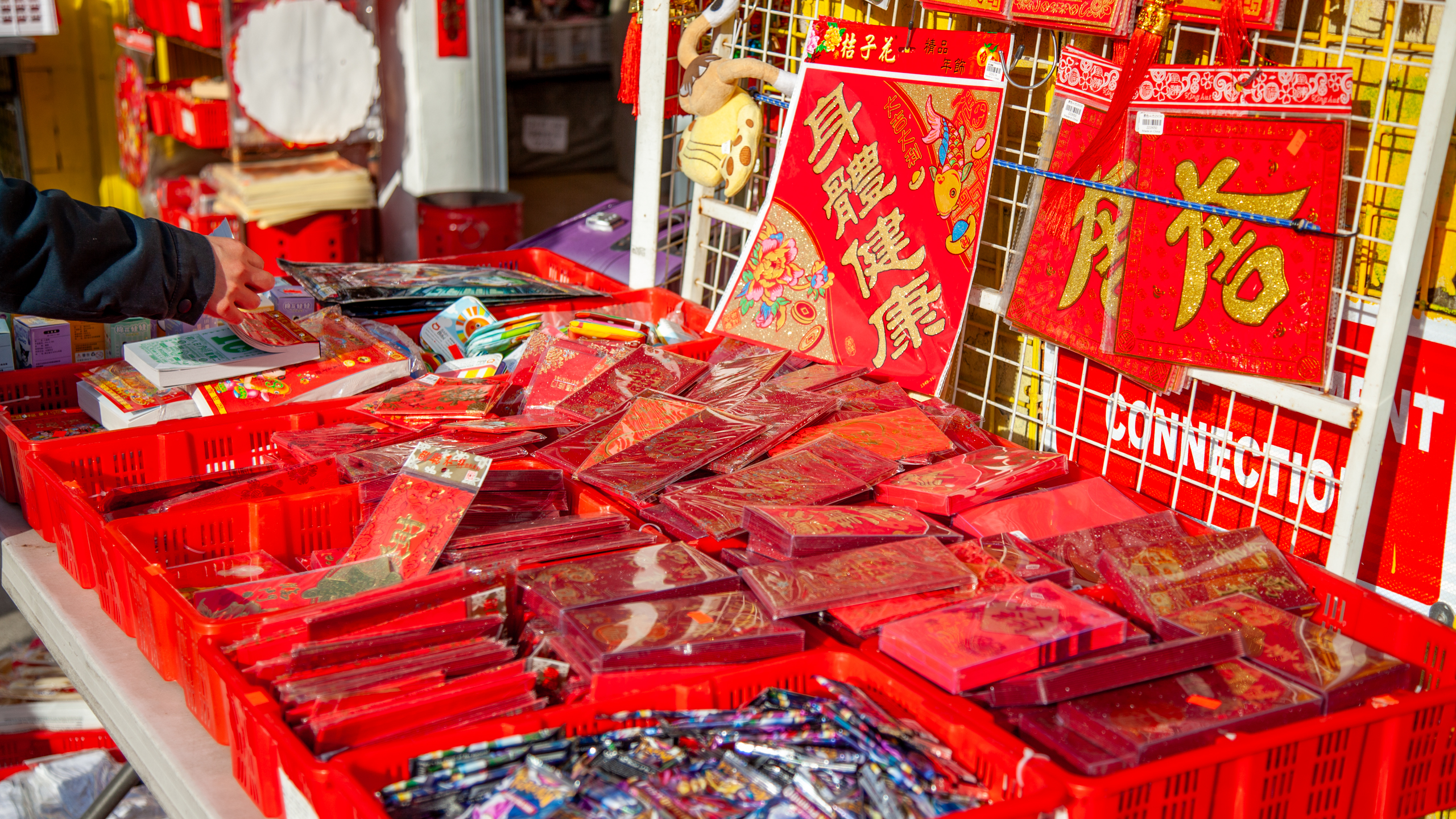








Leave a Reply